It can be tempting to think any working web host will provide you with a top-notch experience, but that, unfortunately, isn’t always the case. No two hosting providers are the same, and performance can vary wildly between different hosts. All that means that even if you’re feeling happy with your WordPress host (and definitely if you’re not!), you might not necessarily be getting the best service possible. And that’s why it’s important to look at some metrics that indicate when it’s time to switch WordPress hosting providers. 💻️💻️💻️
The good news is that moving to a new hosting service isn’t as difficult as it sounds. 🔔 So even if you’re ambivalent about your current host, we encourage you to consider these metrics because there’s a decent chance you might be able to improve your site’s hosting situation without much hassle or money.
Because of how important metrics 📐 like uptime and page load times are to your site’s success, every little improvement counts. For that reason, whether you’re happy with your current host or not, we’re going to walk you through five reasons you might want to switch WordPress hosting providers and explain what makes each important. Let’s get started!
📚 Table of contents:
- Your site’s loading times are slow
- You’re dealing with a sluggish WordPress dashboard
- Too much downtime is hampering your site’s growth
- High hosting costs are hurting your budget
- Migrating your website is easier than you think
1.Your site’s loading times are slow 🐛

As a rule of thumb, if your website takes more than two seconds to load, roughly 40% of your audience is going to leave [1]. 30% of ecommerce shoppers are even more demanding and want sites to load in under one second [2]. If that isn’t bad enough, a majority of users say they won’t consider shopping at your site again if it’s too slow.
(Chart by Visualizer Lite).
One second is fast. So you might not even notice that your current host isn’t performing as well as it is. That’s why it’s important to look for potential issues that are slowing your site down more than necessary, even if your site doesn’t feel especially sluggish. These issues can include:
- Poor server configuration. For example, your server might not support PHP 7, which is roughly twice as fast as PHP 5 [3].
- Too many users on the same server. Shared hosting is a stepping stone for many websites, and it doesn’t necessarily correlate with bad performance. However, if your provider oversells its resources, every subscriber will suffer for it.
- A lack of strategically placed data centers. The greater the physical distance is between visitors and your servers, the longer it will take for your site to load.
The easiest way to figure out if this is an issue for your site is to run multiple speed tests and average their results. If your site is consistently taking over two seconds to load, you’ll need to work on optimizing its speed or switch WordPress hosting providers. Even if you optimize your site, getting better hosting still might be the most important factor.
2. You’re dealing with a sluggish WordPress dashboard 💻️🐢

Your WordPress dashboard is the main interface through which you interact with your sites. You need it for everything from uploading new content to customizing your pages. If your web host is poorly optimized, however, you might end up with a slow WordPress dashboard.
We’ve already established how frustrating it is for users to deal with slow-loading sites, and the same applies to you and your dashboard. If you need to wait a few seconds for your dashboard to load each time you click on a new tab, that lost time can add up quickly. A quick dashboard, on the other hand, makes you more productive instead of sapping your time.
Whereas long loading times on your front end can be the result of poor optimization, a slow dashboard is typically the fault of your provider (though certain plugins and caching configurations can also be culprits). If you’re dealing with this problem, switching to a more WordPress-friendly host is the obvious choice.
3. Too much downtime is hampering your site’s growth 📉

At the risk of sounding cliché, time is money, and every minute your site spends out of commission is a loss. In hosting terms, any period where your site is unavailable to users is referred to as ‘downtime’.
The problems with downtime are easy to grasp, so let’s go through them quickly:
- It leads to a loss of traffic.
- You miss out on potential customers and conversions.
- An unavailable site makes you look unprofessional.
Fortunately, most web hosts these days are excellent at minimizing downtime. In fact, your website shouldn’t spend more than one tenth of a percent of the entire year down (about nine hours total), and it’s possible to reduce that even further [4]. So even if your host reaches a 99.00% uptime, that’s not necessarily good enough. You need a host that can go even further and hit 99.90% uptime (at a minimum).
You might not think that’s a huge deal, but that extra 0.90% of downtime per year can mean 3+ days per year where your site isn’t available. That’s a long weekend of downtime!
To measure your site’s actual uptime percentage, you can use free tools like Uptime Robot or UpDown.io. If your site’s actual uptime is less than 99.90% after a few months of monitoring, you may want to switch WordPress hosting providers.
4. High hosting costs are hurting your budget 💵

Thanks to WordPress’ popularity, many web hosts offer robust WordPress-optimized plans at incredibly low prices. In practice, that means you should expect top performance even if you’re paying less than $5 a month for your plan.
Of course, more expensive plans tend to boast even better performance and more features (especially as your site’s traffic increases), but you should only ever pay for what you need. Let’s break down why:
- Long-term savings. Even a few dollars each month can add up over the long term, so you don’t want to overpay for your hosting.
- More expensive doesn’t always mean better. For example, SiteGround is one of the cheapest hosts in the business at only $2.99 per month for their starter WordPress plan. However, they’re still near the top of the pack when it comes to performance.
In some cases, you’ll need something more comprehensive than a basic plan, but you can always upgrade at any time. The logical move is to choose a provider with a good cost-to-performance ratio, and upgrade only when you need the added performance or extra features.
5. Migrating your website is easier than you think 💡

One of the main reasons a lot of people don’t consider switching hosting providers is that they believe it will be too difficult. After all, building a site from scratch is complicated enough, so it stands to reason that moving it would be similarly challenging.
Fortunately, that just isn’t the case. In fact, here are three reasons moving your WordPress site doesn’t have to be a big deal:
- There are migration plugins that enable you to do handle the process yourself.
- If you migrate your site during off-hours, your downtime should be minimal.
- A lot of hosting providers will migrate your site for free.
In many cases, your new web host will be happy to handle your site’s migration at no cost after you’ve signed up with them. That way, they ensure themselves a happy new customer, and you save some time on your end. It’s a win-win situation.
Sometimes you really need to switch WordPress hosting providers
If you want your website to succeed, you’re going to need a web host you can rely on. Even if you’re generally happy with your current host, that doesn’t mean switching hosting providers can’t get you a better situation.
After all, WordPress hosting is a highly competitive field, and chances are you’ll be able to find a better provider that meets all your criteria. This is regardless of if you’re looking for an affordable shared hosting setup or a more advanced managed hosting solution.
👉 Here are just five reasons you might want to switch WordPress hosting providers:
- Your site takes too long to load. 🐛
- Your dashboard feels sluggish. 💻️🐢
- There’s too much downtime on your current provider. 📉
- Your hosting costs are too high. 💵
- Migrating your site is easier than you think. 💡
Do you have any questions about how to switch WordPress hosting providers? Ask away in the comments section below!


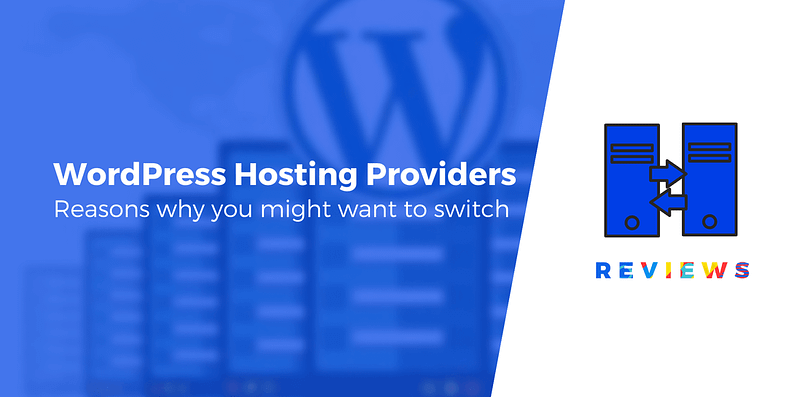
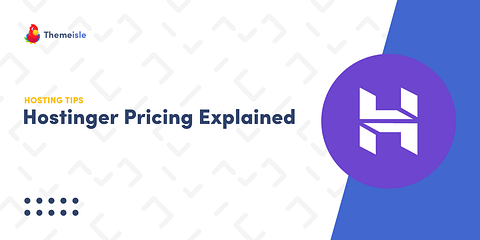
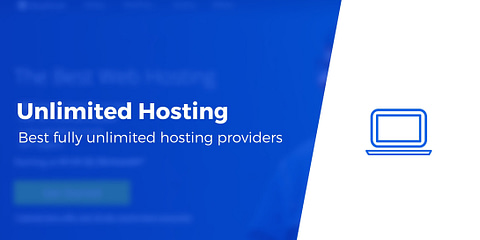
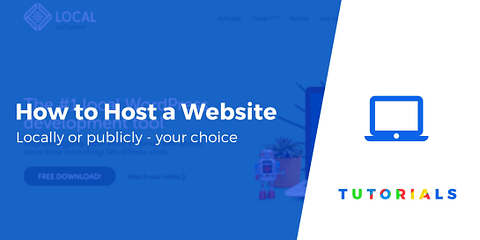
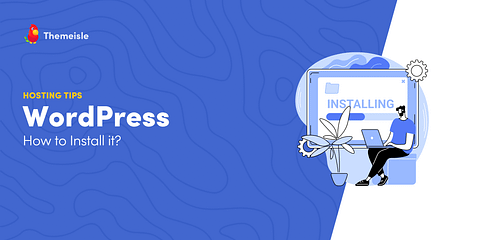
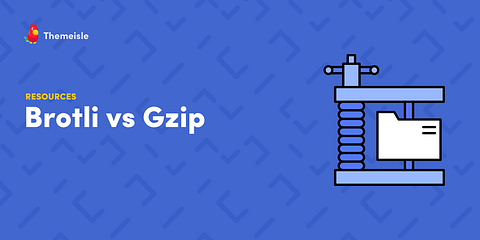
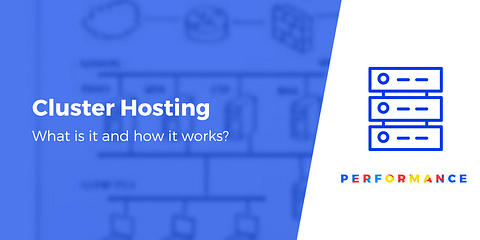
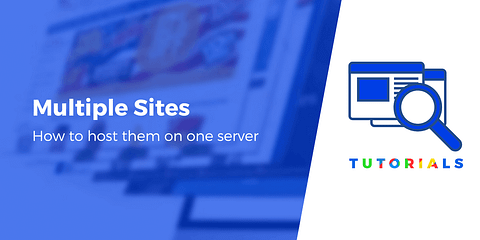
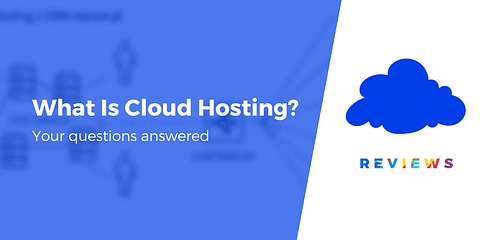
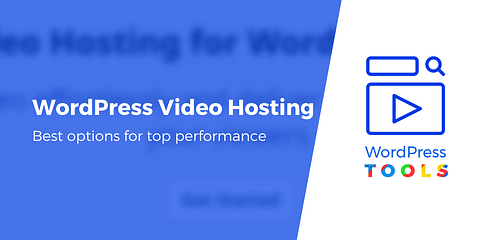
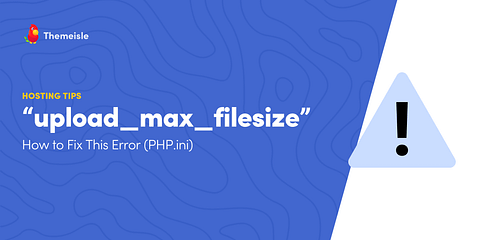
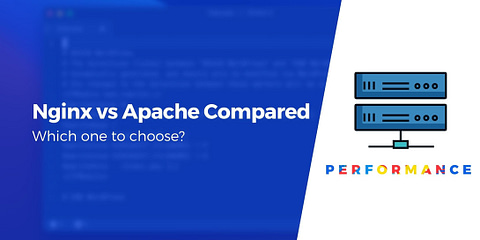
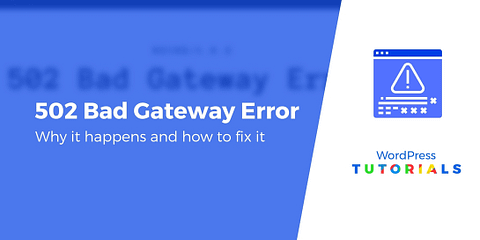
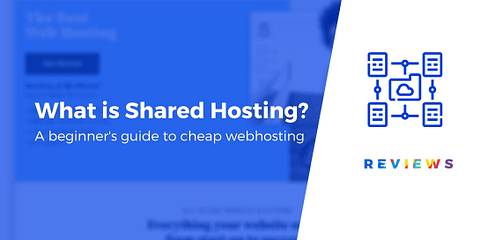
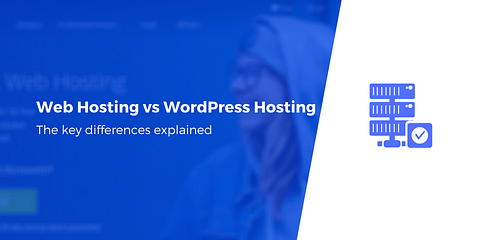
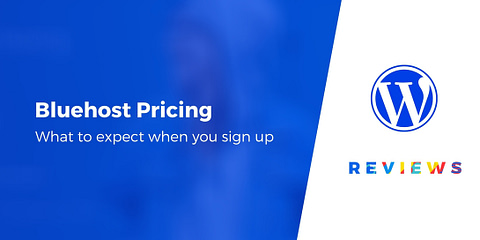

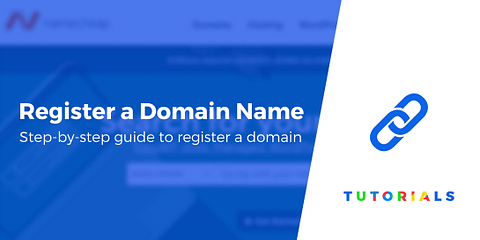
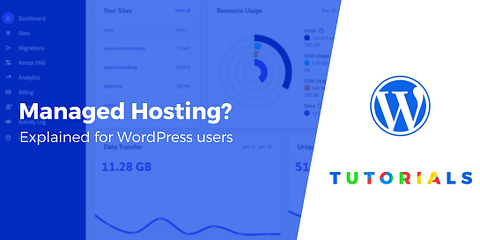
We’re with Godaddy right now & my WP Dashboard takes 10-15 secs to load a product. However, my “high-speed” internet is only about 3 MBPS. Is my slow dashboard due to my ISP or my WP Host primarily?
I’d love some help with this. my email is cyberjetpower@gmail.com
Hi Jonathan! It’s hard to say what the problem is without seeing your exact setup. It could be your ISP or host, or something else entirely. We’d recommend contacting your host and explaining the issue to them.
Or start the conversation in our Facebook group for WordPress professionals. Find answers, share tips, and get help from other WordPress experts. Join now (it’s free)!